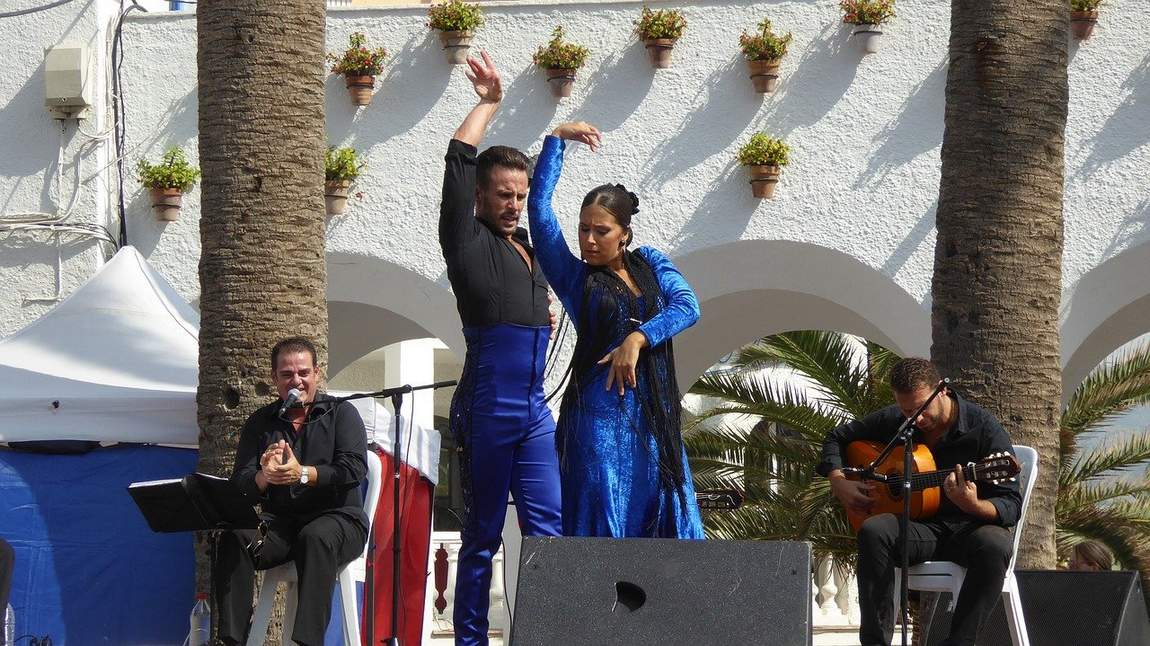What can you say about Seville without visiting it? The poems of Federico García Lorca, the comedies of Pierre Augustin de Beaumarchais about the clever Figaro, and the tragic story of Carmen.
The list goes on and on, with nothing to say about the city itself. That's why Andalusia's centre is such a fascinating place to visit, sultry, smart and spirited. To ensure you get all the attractions, plan your Seville holiday with the kids using our recommendations.
But before describing family holidays, we should remind you that Seville has no sea. Not disappointed? Read more about why a trip to Seville is as good as lying on the beach.
Seville on the map of Spain
Seville is the capital of the autonomous community of Andalusia. The city is located in the southwestern part of Spain, on the banks of the Guadalquivir River. The distance from Seville to Madrid is 535 km, to Barcelona — 996 km, Valencia — 654 km and Malaga — 206 km.
Legend has it that Hercules founded the first settlement on Seville's shores. The location was perfect: the land around the city was fertile, and the Guadalquivir River was navigable to the sea, even on modern ships. It is not known how Hercules named the settlement, but the city was later called Cefela (Phoenician), Ispalis (Roman), and Isbilla (Arabic) until it acquired its present name. Since its founding, Seville has become Spain's fourth most populous city. During the tourist season, the city's population at least doubles.
Seville for Kids

Planning a holiday in Seville is pleasant:
- See authentic flamenco.
- Listen to opera at the Teatro de la Maestranza.
- Catch a bullfight and admire the elegant Alcázar.
For the sake of this, you can refuse the sea. And even necessary: people usually come to Seville in the spring, when the beach season at seaside resorts is not yet open. On second thoughts, should kids come to Seville for the opera, the flamenco, the bullfighting and the architectural beauty? Suppose you could enjoy Rossini's Cinderella in an opera, the first flamenco in an amusement park, or the bullfight or bullfighting gymnastics in a bullfighting museum; then the kids would love it.
It's best to travel to Seville with school-aged children. Firstly, they can handle long excursions, and you don't have to interrupt them because they get bored and want to run around in the park.
Secondly, schoolchildren would love to go somewhere for spring break, especially as Seville is warm at that time. On the other hand, Seville has plenty of activities for the kids, so they'll love coming here with the little ones and alternating between excursions and effortless relaxation.
And here's what's more important: the time for a Seville trip must be carefully chosen, especially if you are travelling with a baby.
If you want to visit the Andalusian capital in summer, during your holiday at the seaside resorts, plan like a true Spaniard — with a siesta in mind. All activities should occur in the morning and evening, avoid excursions and walks in the heat of the day and relax with your child in a cool hotel room.
Best time to travel

Choosing when to go to Seville takes work, even for the experienced traveller. Considering the city's climate, avoid the huge crowds that come to Seville for the holidays and, if possible, combine sightseeing with a trip to the sea.
We've compiled some information on Seville's top events and weather to help you decide which month to plan your seaside holiday with your baby. If you're going to Seville for a day or two while on holiday in the Costa del Sol resorts, planning your trip for June or September is best.
The reason is that in the second half of summer, the city's like a furnace, and only the most persistent tourist dares see the sights. Sevilleans try to spend July and August away from the city, on the coast, where the heat isn't so intense.
With increased hotel prices, the high season in Seville coincides with the summer. Prices also increase during the big holidays, including Christmas, New Year's Eve and Carnival in February.
If Seville is your main destination, spring is the best time. With mild, sunny weather, the fragrance of blossoming orange trees, and the pale lilac clouds of jacaranda, you can walk around the city all day.
It's a good idea to visit Seville with an infant in March and April because the city is already feeling the heat by May.
Seville's poor time of year is during the second half of autumn and winter when it rains a lot. Spring also sees the colourful Semana Santa and Corpus Christi celebrations and the Feria de Abril fair. April also marks the start of the bullfighting season. The abundance of festivities, meanwhile, can be considered a downside, with hundreds of thousands of tourists flocking to the city. For the Seville holidays, accommodation must be booked three months in advance.
Weather and Сlimate

Although Seville is about two hundred kilometres from the coast, its climate is Mediterranean. What you need to know about Seville's climate is that summers are sweltering, and even the low humidity doesn't make it any less hot.
Spring is an excellent time to visit Seville. Visitors can arrive early in March when temperatures rise to +20-21 ° C. In April, the temperature rises to around +24°C; in May, the thermometer reads +30°C.
The warm days are followed by cold nights: Seville's spring temperatures drop to between +8ºC and -15ºC after sunset. Despite frequent rainfall, spring promises the best holidays in Seville with children as the gardens and parks are in bloom, the air is fresh and clear, and the puddles dry up within an hour after a rainstorm.
From early June to late September, the heat strikes the city. Day to day, thermometers read +33-34°C in June, +37-38°C in July and August (and that's not the limit), and +31-33°C in September. Closer to night, the temperature drops to +20-24°C.
It's not until October that the scorching days are over, although the thermometers are still hovering around +27-28°C. The nights get pretty cold, and once again, after the summer dryness, the rains begin.
The rainiest month in Seville is November. Despite the pleasant warmth of around +20°C, November's rains can disrupt tourists' plans.
Winter in the city is mild and sunny. Temperatures are between +15-17°C during the day and +7-9°C at night. It rains less than in autumn, and sometimes, as a miracle, something like snow falls from the sky.
Food

Spanish cuisine is often referred to as Andalusian cuisine. The region is home to gazpacho soup, salmorejo, remojón salad, and potato tortilla. A tour of Seville flows seamlessly into restaurants and tapas bars, which is also a great way to get to know the city and the Andalusian cuisine.
It is also home to some of the best jamón and the famous sherry grapes. There are polvorones and honey crispy pestiños baked for Christmas. Arabic sweets are also very popular in Andalusia, and washing them down with mint tea is customary.
Everything you need for self-cooking can be bought in supermarkets of Spanish and international chains. Please note that they are all open on Sundays.
Sevilleans prefer to buy fresh fruit, vegetables, sausages, cheeses, fish and seafood at the markets. The city has about a dozen markets open on different days. The biggest one, Encarnación, is centrally located and open all week except Sundays. Also popular are the Feria and Puerta de la Carne.
Getting Around
Seville's public transport system consists of buses, metro and trams. The bus network covers the entire city. Seville’s bus system runs from around 06:00 to 23:30. Bus stops have timetables and information about when the next bus will arrive. Travellers particularly appreciate the C1 and C2 circular routes, which are suitable for quick sightseeing.
You can buy single tickets for €1.40 or Bonobus tickets that cut your fare in half.
There are no special fares for children. Tickets are sold at the driver's or the ticket office and can be purchased and refilled at TUSSAM outlets. Tourists can also take advantage of the 1- or 3-day passes that allow unlimited use of public transport in Seville. They cost €5 and €10 respectively. You can buy them only at the TUSSAM counters.
The Metrocentro line can also be seen as a sightseeing transport option. The fare depends on how many zones you're crossing (the maps are available on the Seville Metro website) and varies between 1.30 and 1.80 euros. With the Bonometro card, the fare drops between €0.82 and €1.35.

There is no transport around Seville at night, apart from a few night buses and the metro, which is open until 2:00 at weekends. However, tourists are advised to take a taxi at night for safety reasons.
Renting a car if you're only going to spend time in Seville is not advisable. Taxis are available at car parks or by phone. The fare is charged on the meter, about €3 per boarding and about €1 per kilometre. The city's streets are narrow, often one-way, the traffic is heavy, and car parks are jammed.
If you are travelling by car, we recommend using the interactive parking map on the city website.
Seville has easy and safe routes for cyclists. You can also use bicycles to get around Seville. There are dozens of Sevici municipal bike rentals, and the maze of central streets is much easier to navigate by bike than car.
 [email protected]
[email protected]







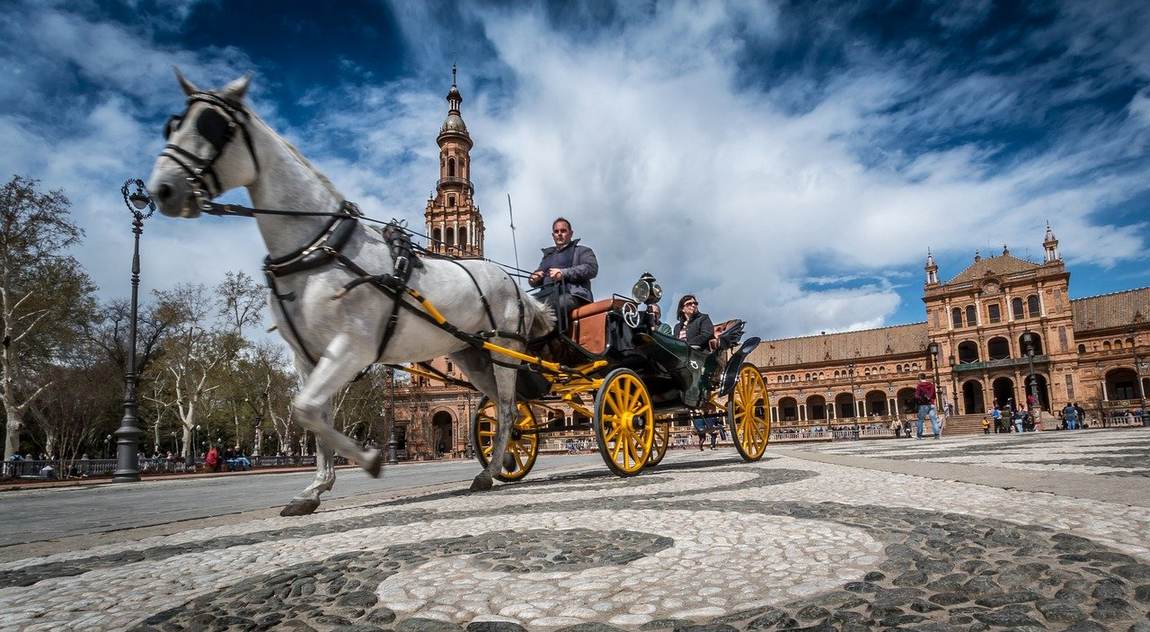
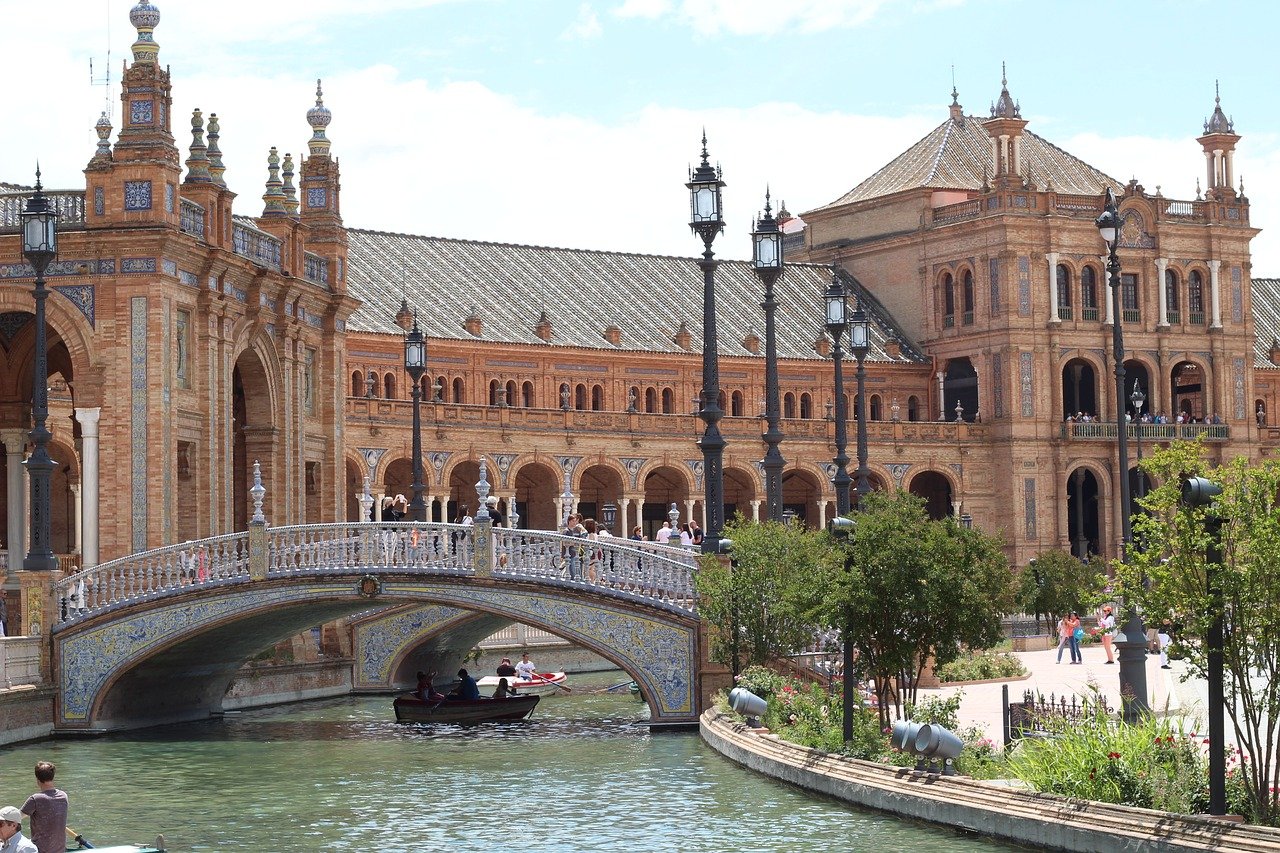
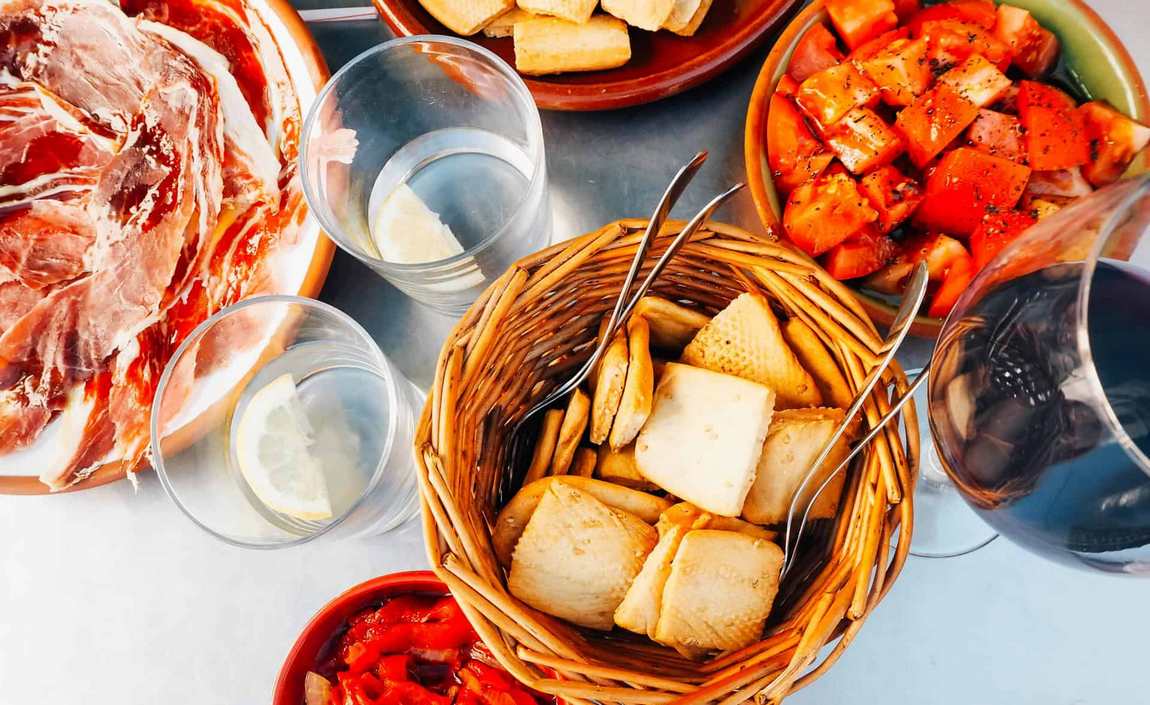
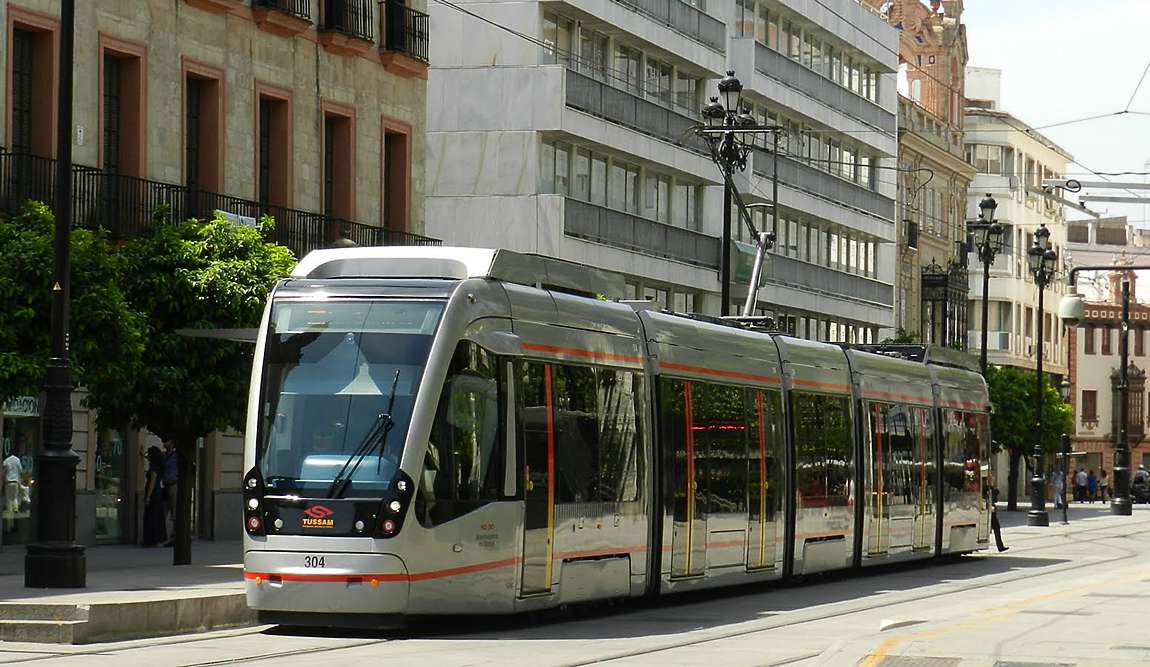
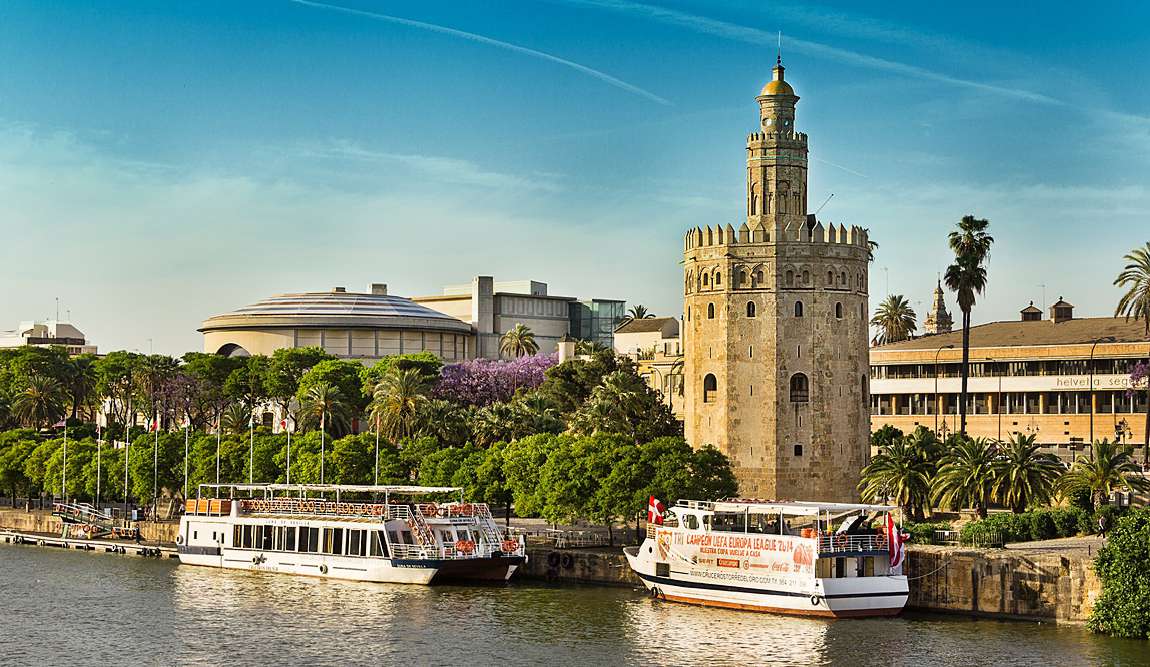

.jpg)
